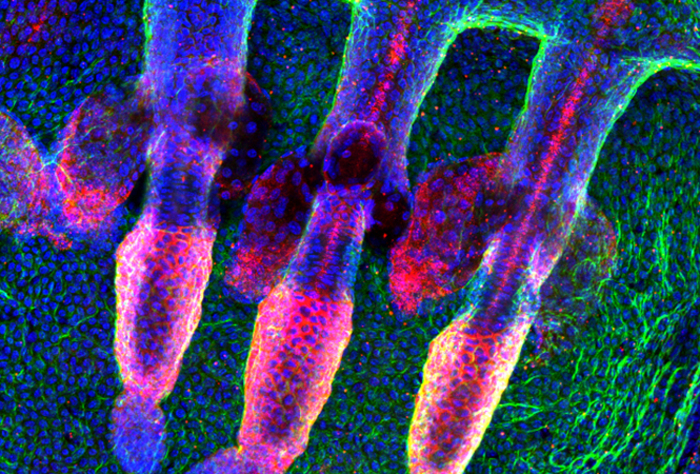The technique by which mice with two fathers were born was promoted by the international scientific community.
Announced on March 9, 2023 in London, at the international conference on human genome editing, the technique is now published in the journal Nature by the same researcher who developed it, biologist Katsuhiko Hayashi of the Japanese University of Osaka.
The technique made it possible to change the identity of stem cells taken from male mice, whose genetic heritage includes the Y chromosome, and to transform them into oocytes, therefore into female cells with a double X chromosome. The egg cells were then fertilized and about 1% of the embryos thus obtained generated healthy individuals.
Commenting on the result in the same issue of the journal, the experts note that one of the main consequences could facilitate both
fertility research
and the
conservation of endangered animals
.
Spermatozoa and ova originate from germinal stem cells and so far the challenge has been to be able to differentiate these immature cells because the difficulty is being able to ensure that the sex chromosomes function correctly.
Attempts in this direction made in the past had obtained oocytes with low fertility, but the technique developed by Katsuhiko Hayashi's group has shown that it is possible to obtain healthier and more fertile oocytes using pluripotent stem cells as a starting point.
The first step was to harvest
skin cells from the tails of male mice
and
reverse
development with a cocktail of genes, resulting in
induced pluripotent stem cells
.
These cells were then placed in a culture medium capable of
deleting the male Y chromosome
.
The star cells were cultured again, this time with factors capable of stimulating the
duplication of the X chromosome
, and thus transformed into female cells with a
double X chromosome
.
The last step consisted in transforming these still immature female cells, prompting them to
differentiate
into
germline stem
cells and then to develop into
oocytes
.
The eggs thus obtained were fertilized and implanted in the uterus.
Of the
630 transferred to the uterus
, only
seven (equal to 1%) continued to develop
until the birth of healthy babies.
The authors of the research themselves observe that they have embarked on a
path
that is
just beginning
and believe that
much work is still
needed to transform male cells into female cells, guaranteeing the preservation of the integrity of the genome.

